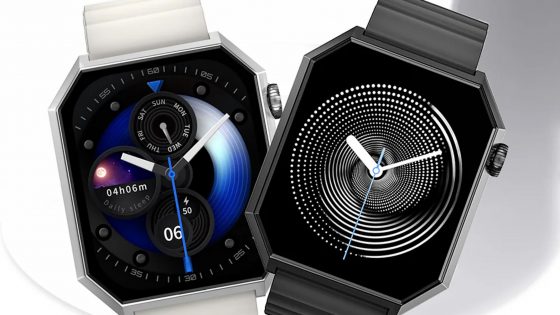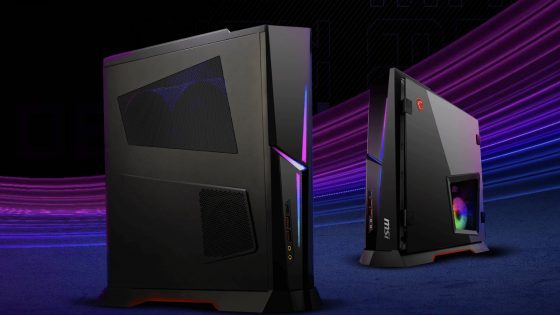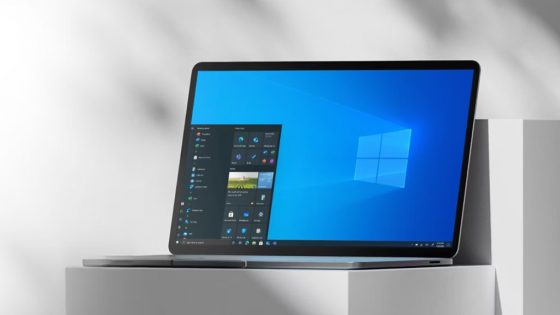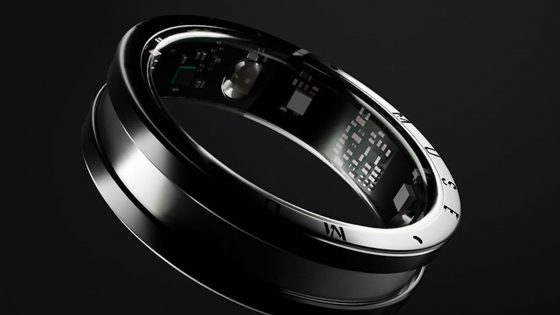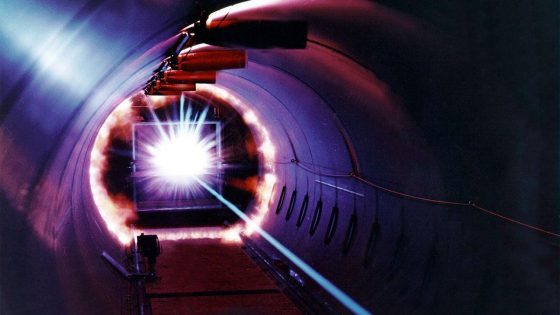Be quiet! Pure Rock 3 series on the test: enough for the i7-13700K?
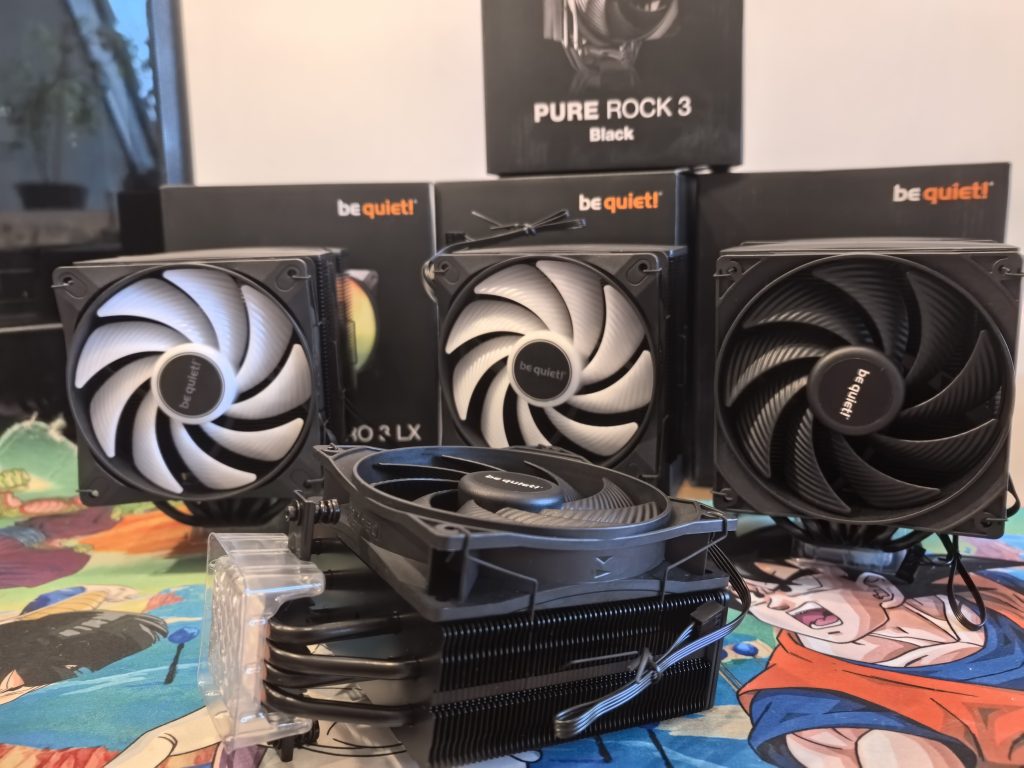
When it comes to modern processors, it's hard to ignore the fact that performance and power consumption have increased dramatically in recent years. Intel's i7-13700K (which I used for testing) is a few generations old, but it's still difficult to thermally tame (TDP up to 250 W).
There are two main trends in the market: air and water cooling. Water-based (AIO) solutions offer aesthetic appeal and performance, but are more expensive, more difficult to install, and potentially less reliable due to moving parts and fluid. On the other hand, air coolers still maintain their status as the most reliable choice. They have fewer moving parts, a longer lifespan, and are often cheaper. In addition, quality air coolers can compete very well with even the most demanding processors.
Which is the best is an eternal question. For me, the better question is which is the best for me or my processor. I could choose a cooler that can easily cool a Ryzen 9 9800X3D, but do I really need it? Why would I spend so much money when an air cooler that costs three times as much can easily cool my i7-13700K.
Among the most recognizable manufacturers in this field is be quiet!, a brand that has established itself as synonymous with silence and thoughtful design. This time I tested four models from the Pure Rock 3 series in detail:
- Pure Rock 3 Black (around €35)
- Pure Rock 3 LX (around €40)
- Pure Rock Pro 3 LX (around €60)
- Pure Rock Pro 3 Black (around €55)
Their common denominator is a focus on a balance between affordability, quiet operation, and solid performance, but the differences lie in design, performance, and aesthetics.
Be quiet! Pure Rock 3: What are the differences between them?
Pure Rock 3 Black
Let's start with the Pure Rock 3 Black, which is a typical example of how far a compact tower can go if it is thoughtfully designed. The cooling core consists of four 6 mm heat pipes that directly touch the processor and distribute heat throughout the aluminum tower. On top sits a 120 mm Pure Wings 3 PWM fan with a funnel-shaped exhaust, which increases the air speed just above the fins, so the fan effectively "breaks through" the fin array even at medium speeds.
Cases with stricter height restrictions do not cause it any problems: 154 mm high, 71 mm deep and 124 mm wide, weighing around 570 g. Everything is wrapped in a matte black coating that does not look flashy, but hides nicely in darker computers. The declared TDP of 190 W positions it as a safe companion for mid-range and upper mid-range processors, although it will be closer to its limits with hot chips.
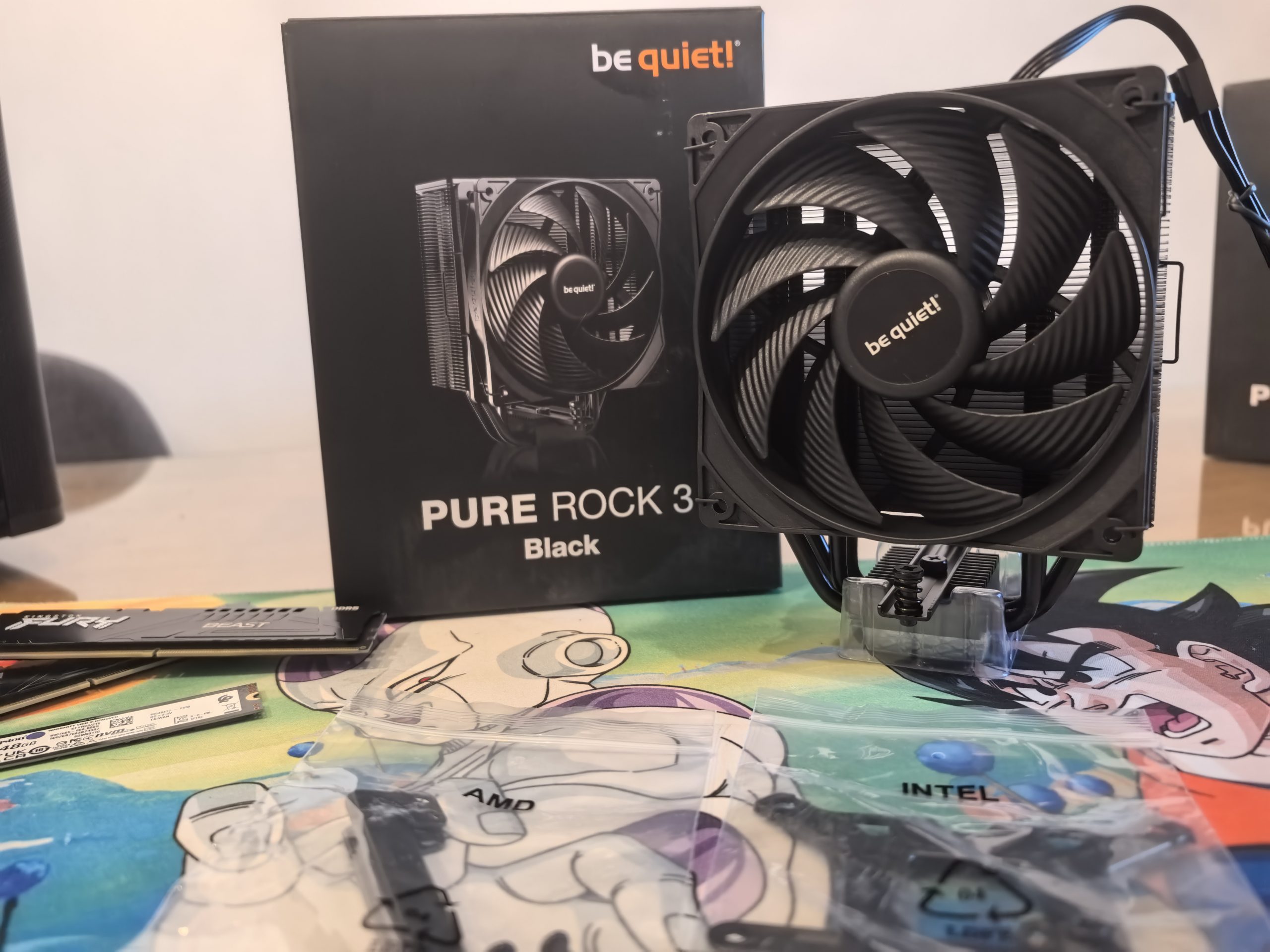
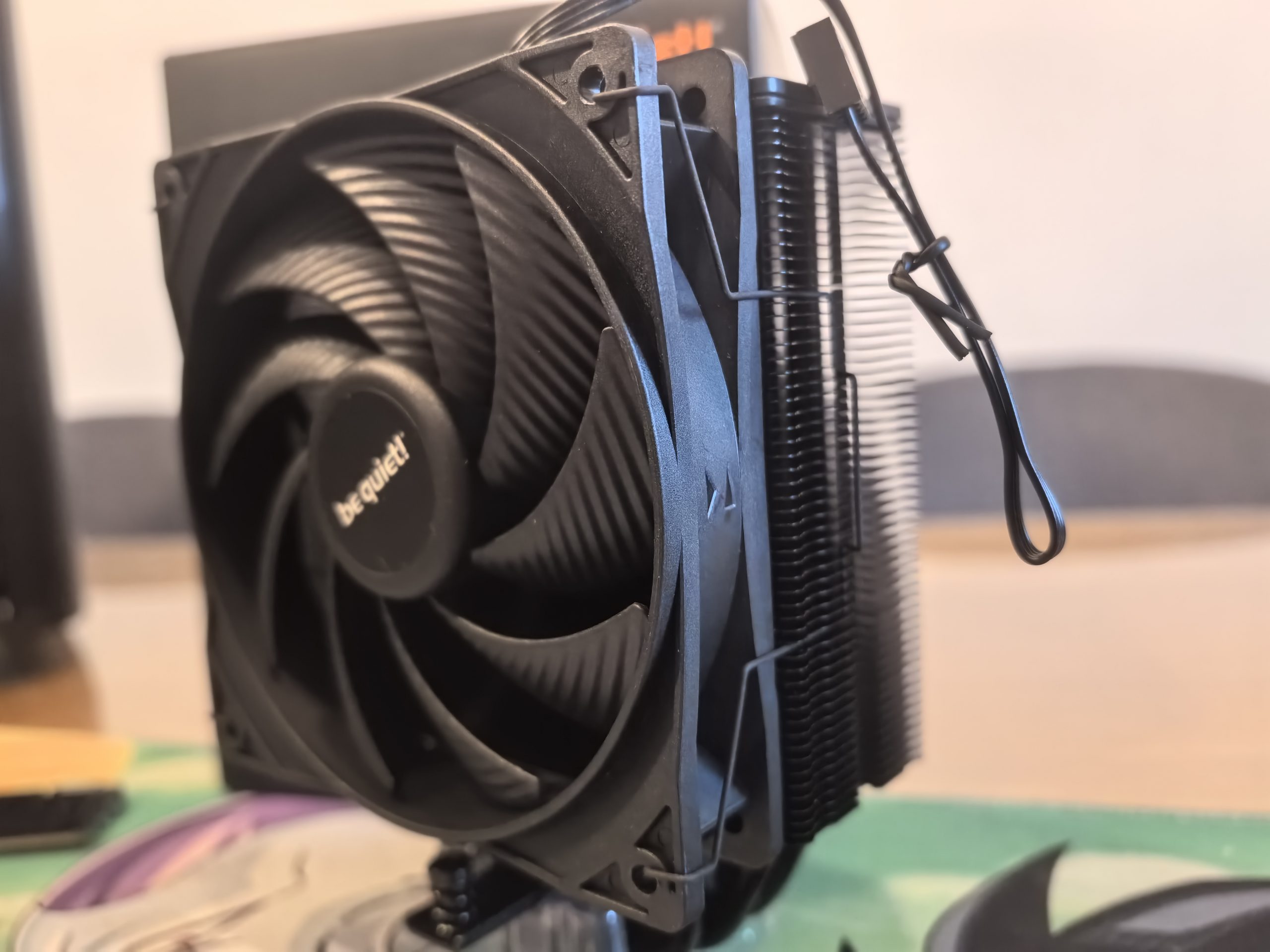
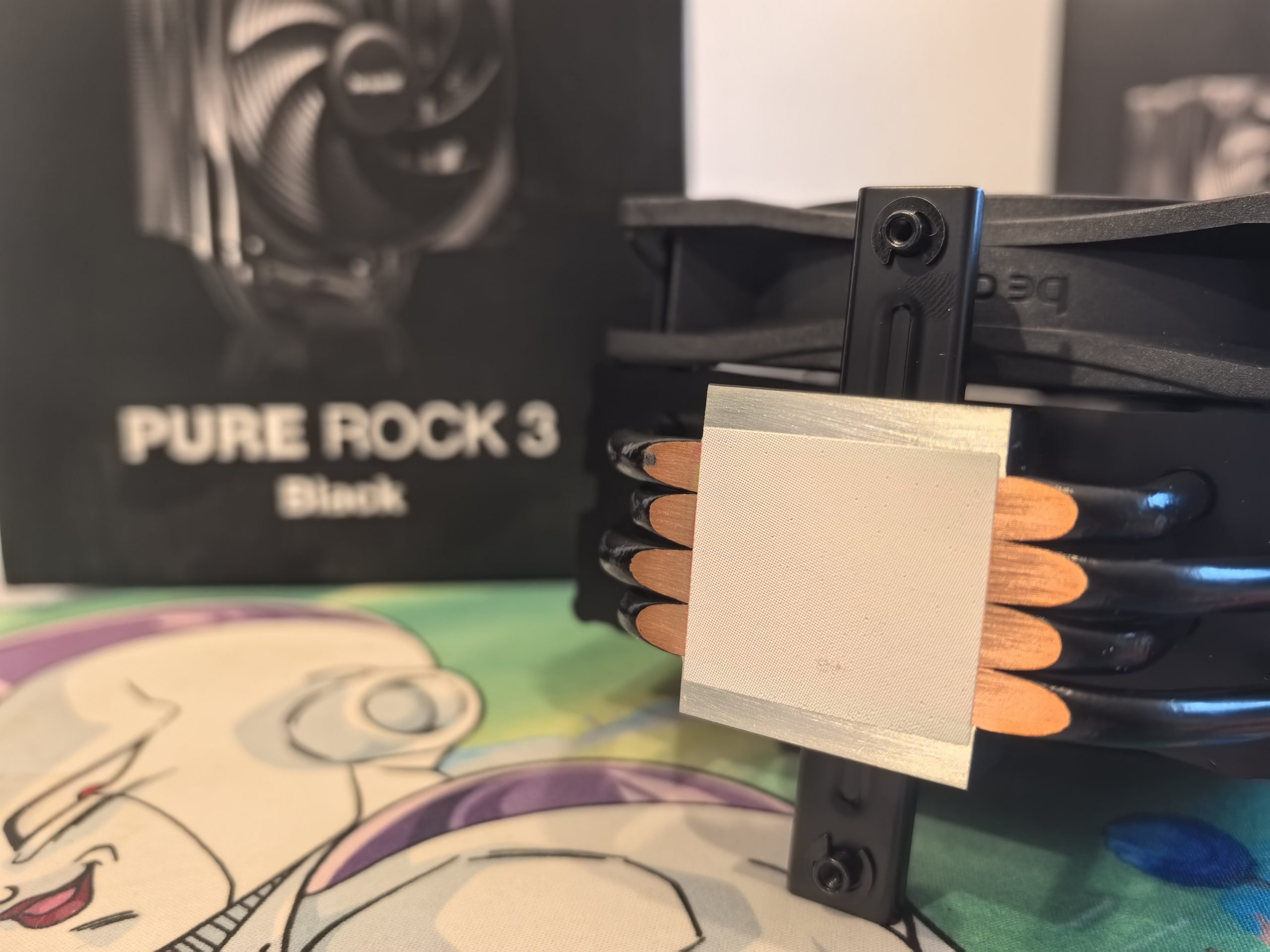
Pure Rock 3 LX
The Pure Rock 3 LX is its light twin, but not just for aesthetics. It is based on the same thermal design (four 6mm direct contact heat pipes and the same compact heatsink geometry), so the TDP remains at 190 W. The key difference lies in the fan: the Light Wings LX 120 mm PWM. This brings a slightly higher maximum flow and pressure and 16 LEDs that illuminate the transparent blades.
The effect is twofold. The airflow is a bit more aggressive, but you also get the ARGB aesthetic, if that's important to you. The noise remains practically the same as the black brother, and the installation with the same jumper is identically easy.
The dimensions are mapped: 71 × 124 × 154 mm. So if you want all the features of the Pure Rock 3 Black, with a dose of subtle lighting and a fan that pushes a little more air at high speeds, the LX is a better choice.
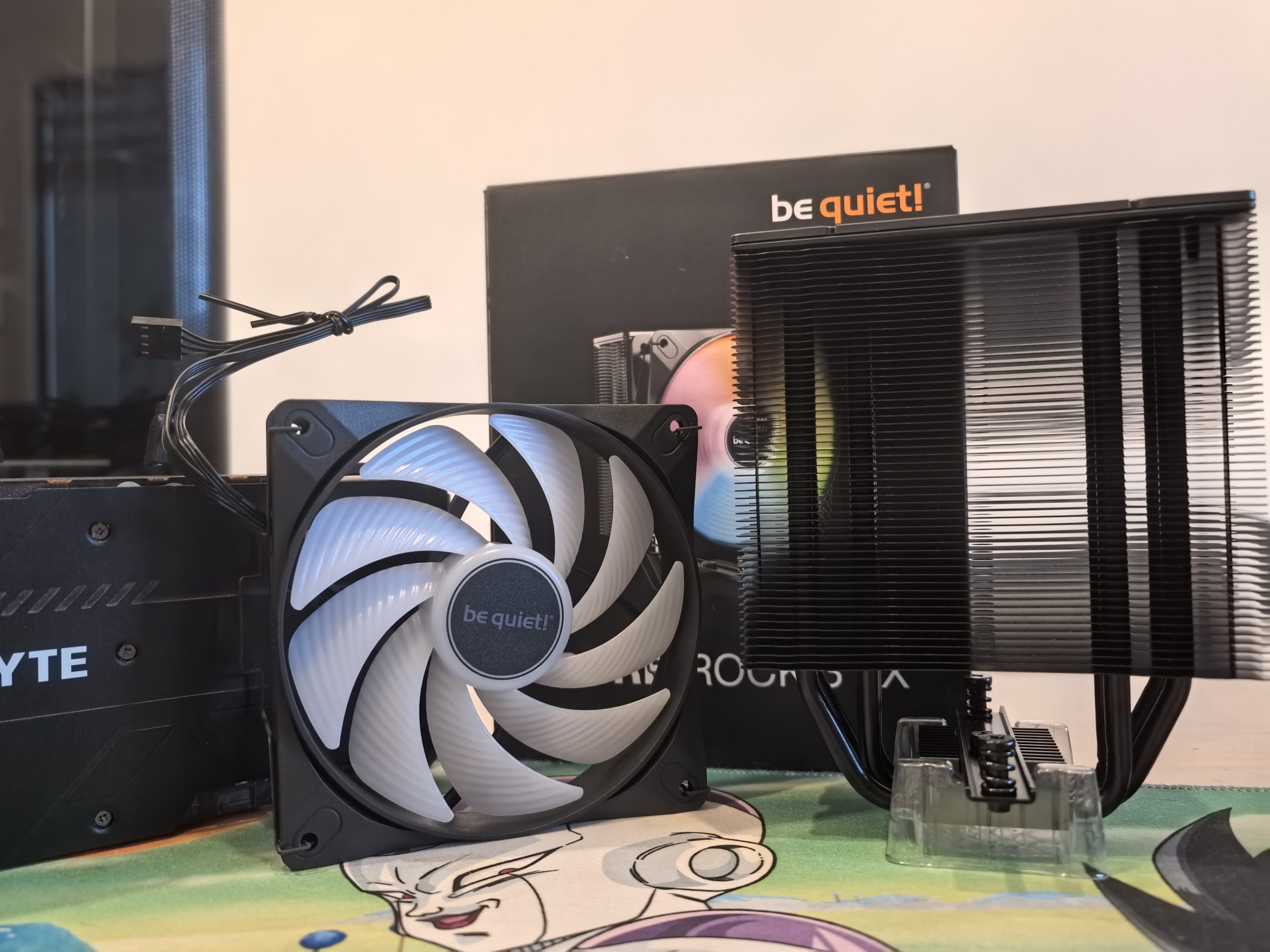
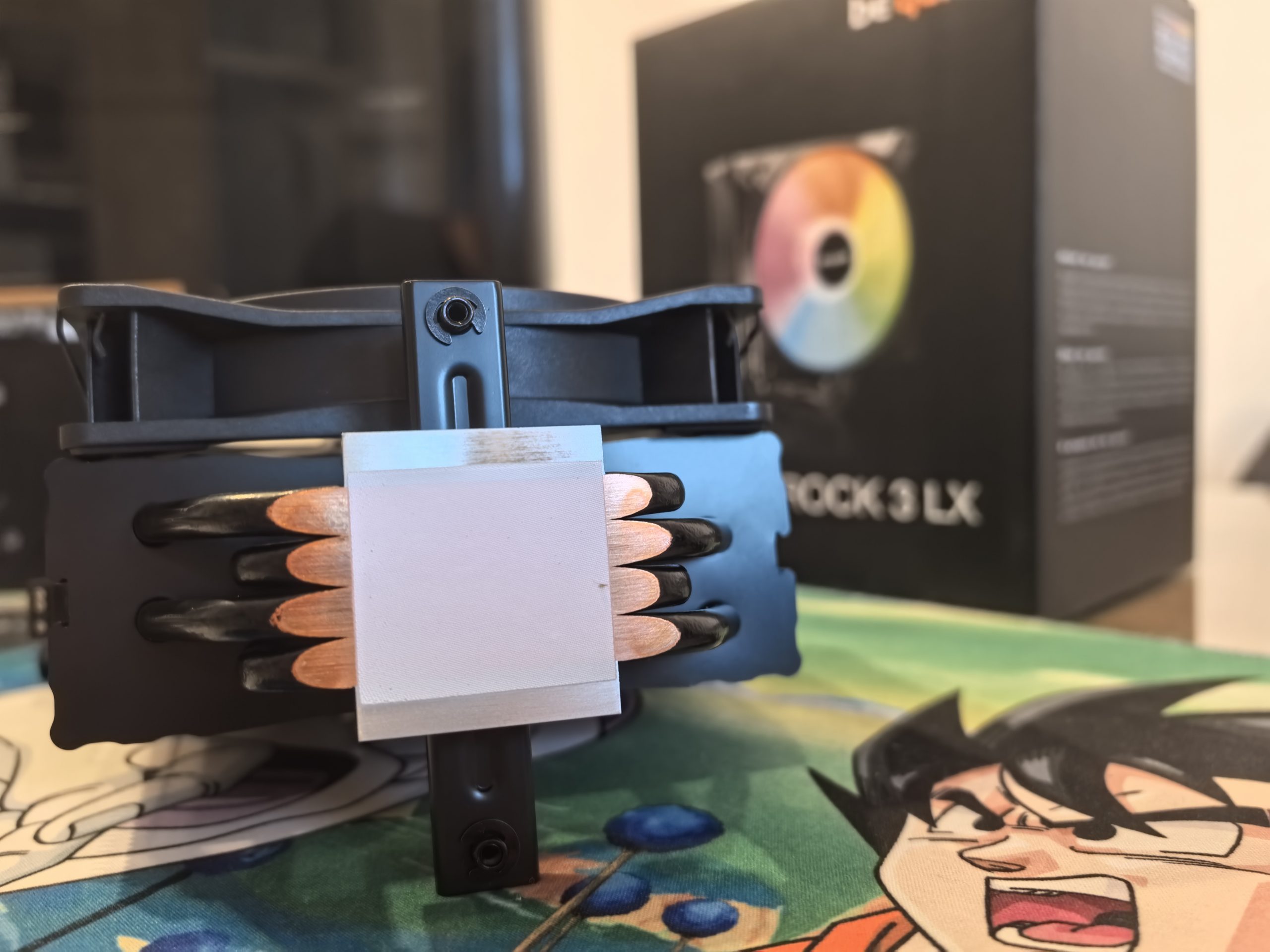
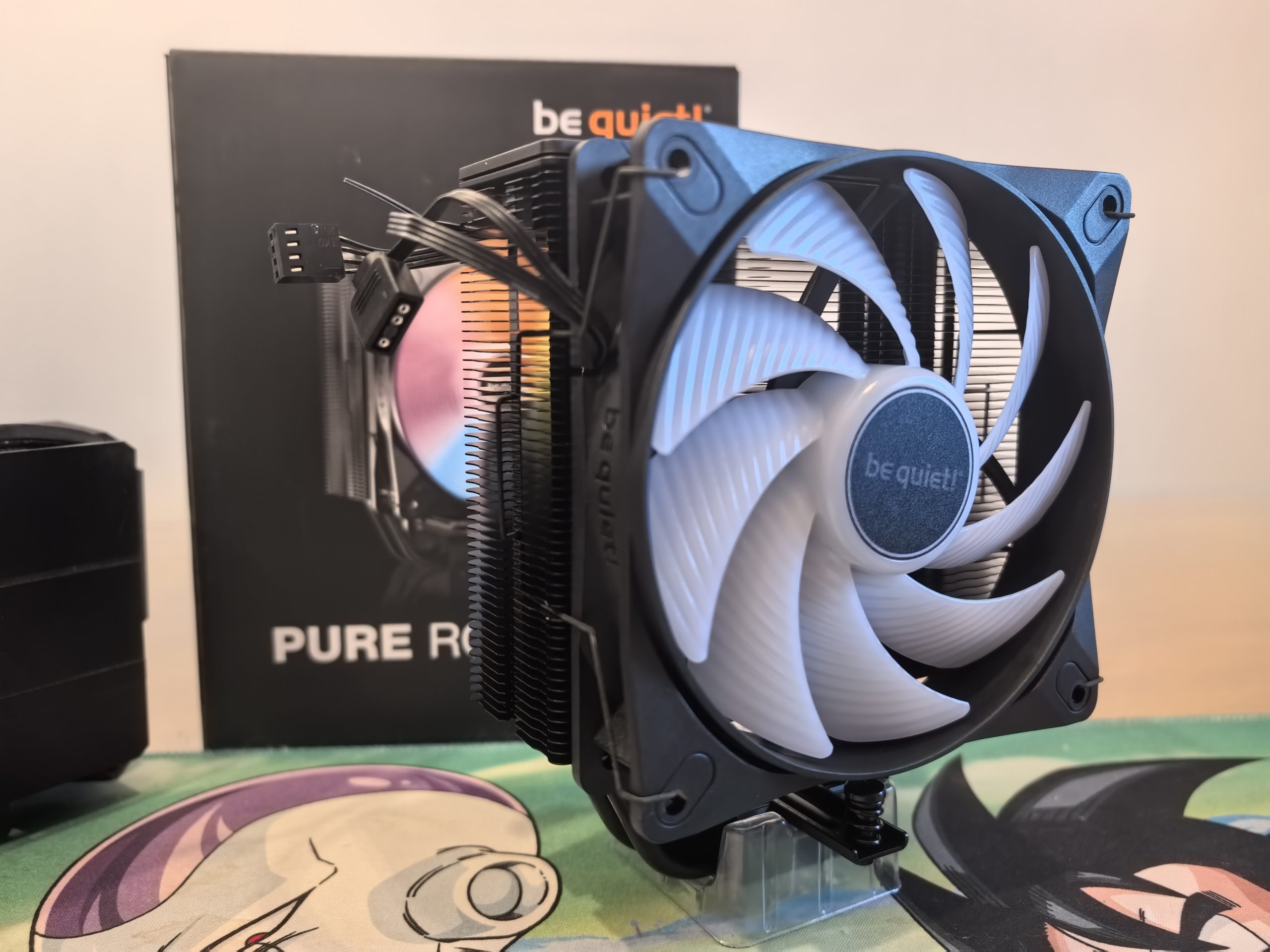
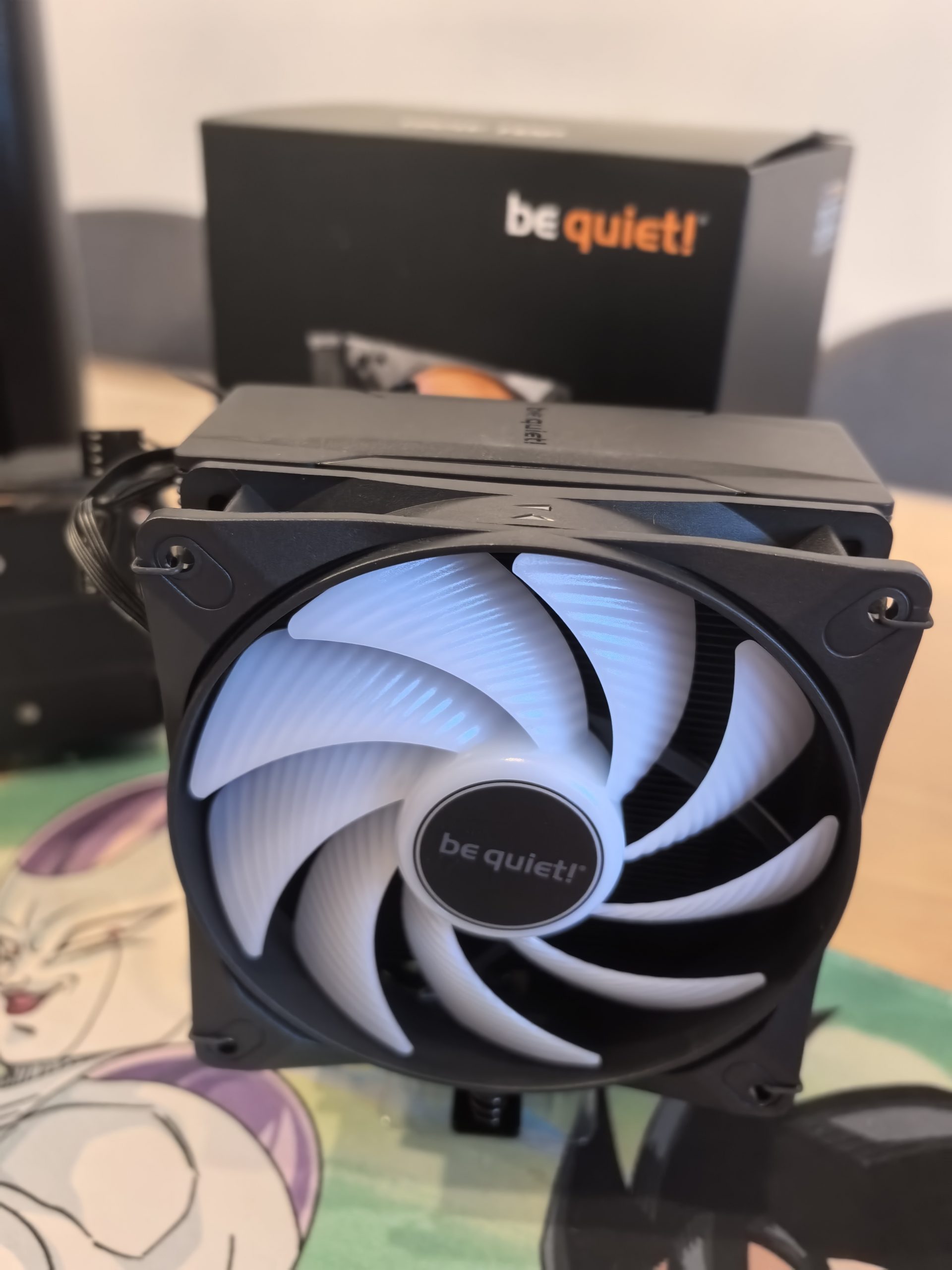
Pure Rock Pro 3 LX
Moving up a class, we come to the Pure Rock Pro 3 LX, where the philosophy changes a bit. The focus is no longer on compactness, but on maximum cooling. The Pure Rock Pro 3 LX has a two-tower design, or two ribbed domes, connected by six 6mm heat pipes, this time with a nickel-plated, CNC-machined base that improves contact with the processor.
Two Light Wings LX 120 mm PWM ARGB fans spin on both sides. The combination of funnel exhaust, sharp blade angles and two flow sources ensures that the fins breathe even through denser filters. The construction is surprisingly flexible. The offset design leaves the RAM slots more open, and the front fan can be raised if you encounter tall memory coolers. At 155 mm in height and around 1.08 kg in weight, the Pro fits easily into most modern mid-tower cases, and with a TDP of 250 W, the manufacturer is clearly targeting hot-blooded processors, who are often the target of core overclocking.
Noise at the top of the curve remains moderate for a dual tower, at around 35 dB. And since this is the LX version, you get discreet but visible lighting in the center of the fans in addition to the power.
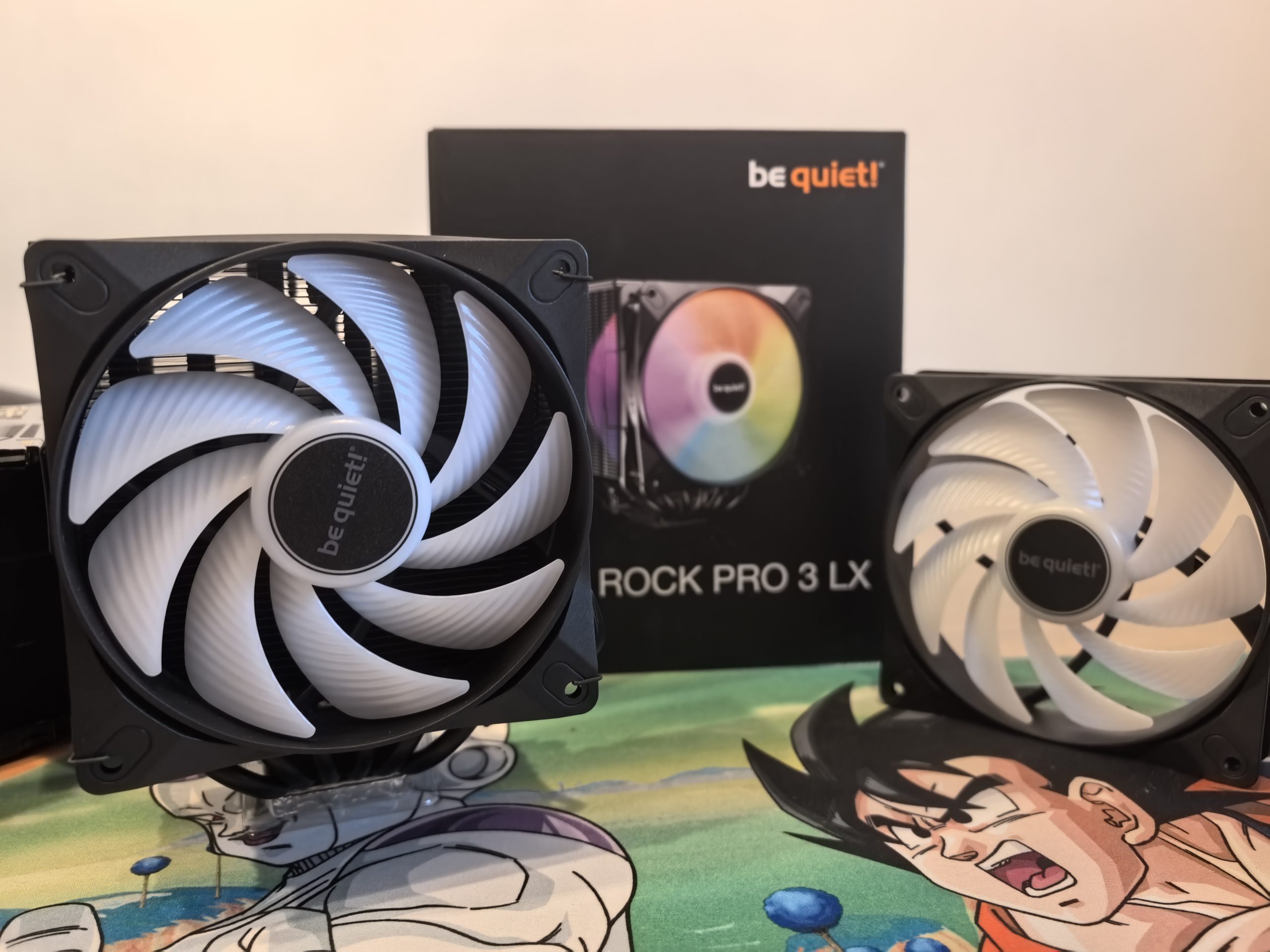
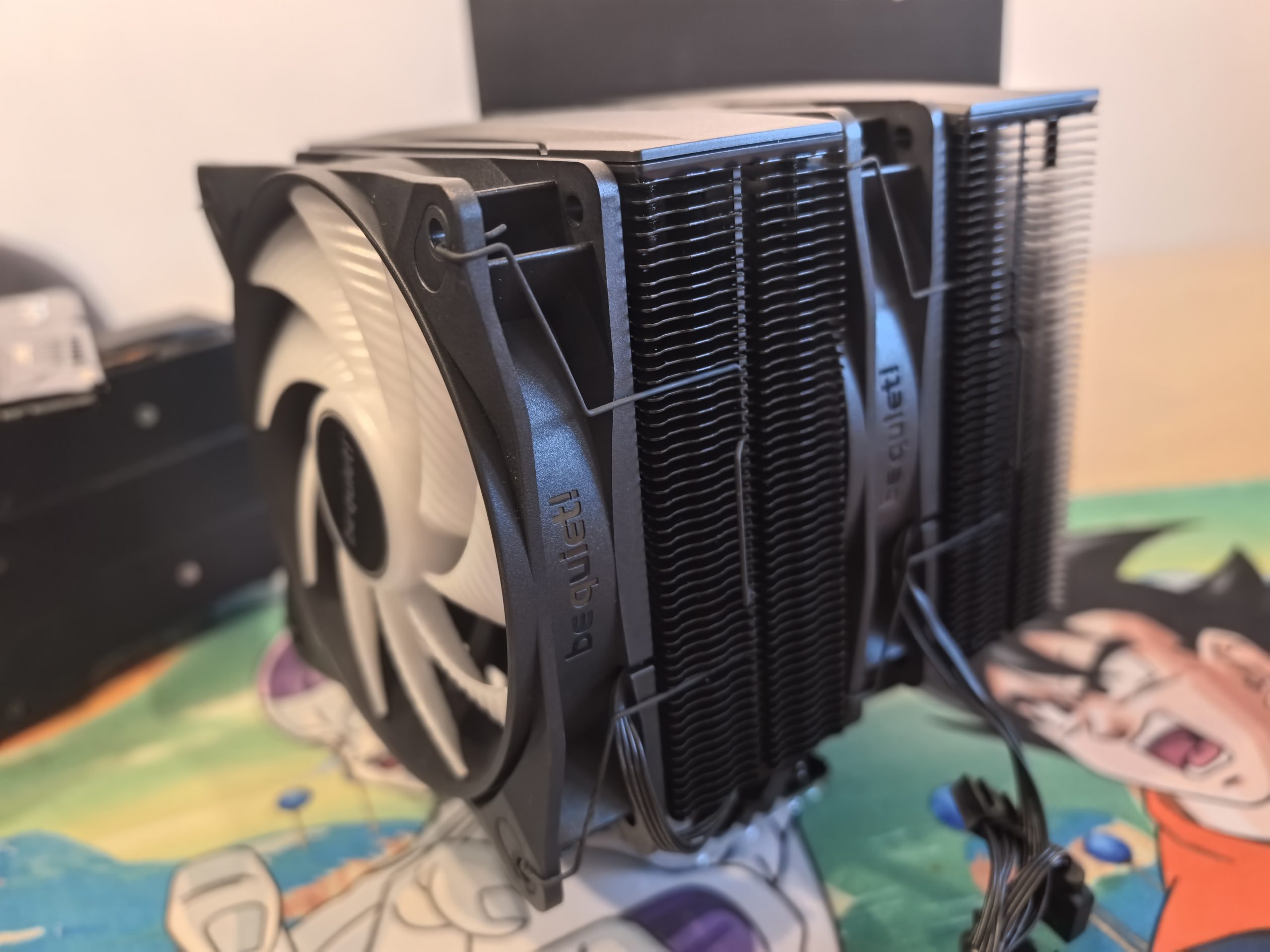
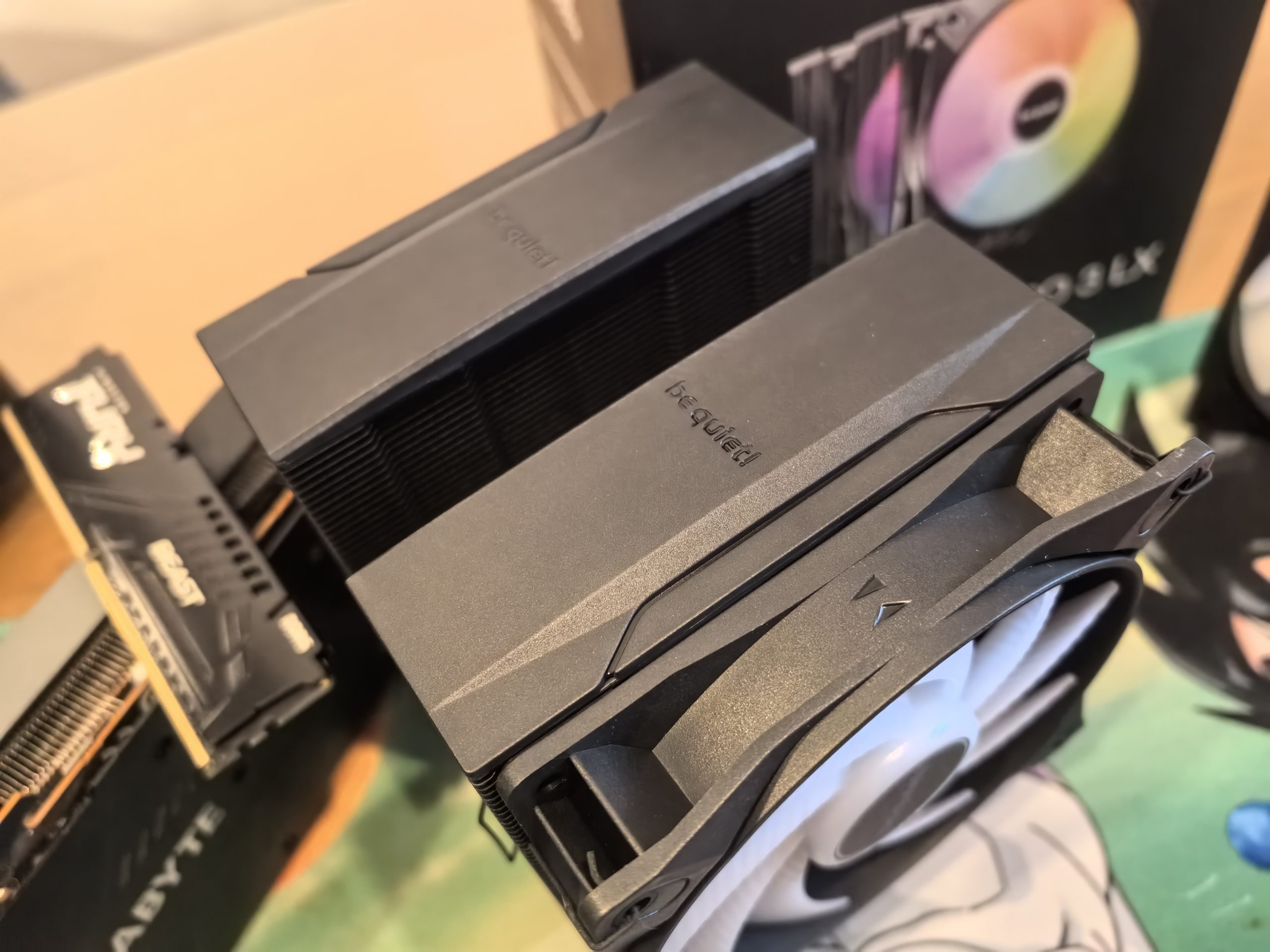
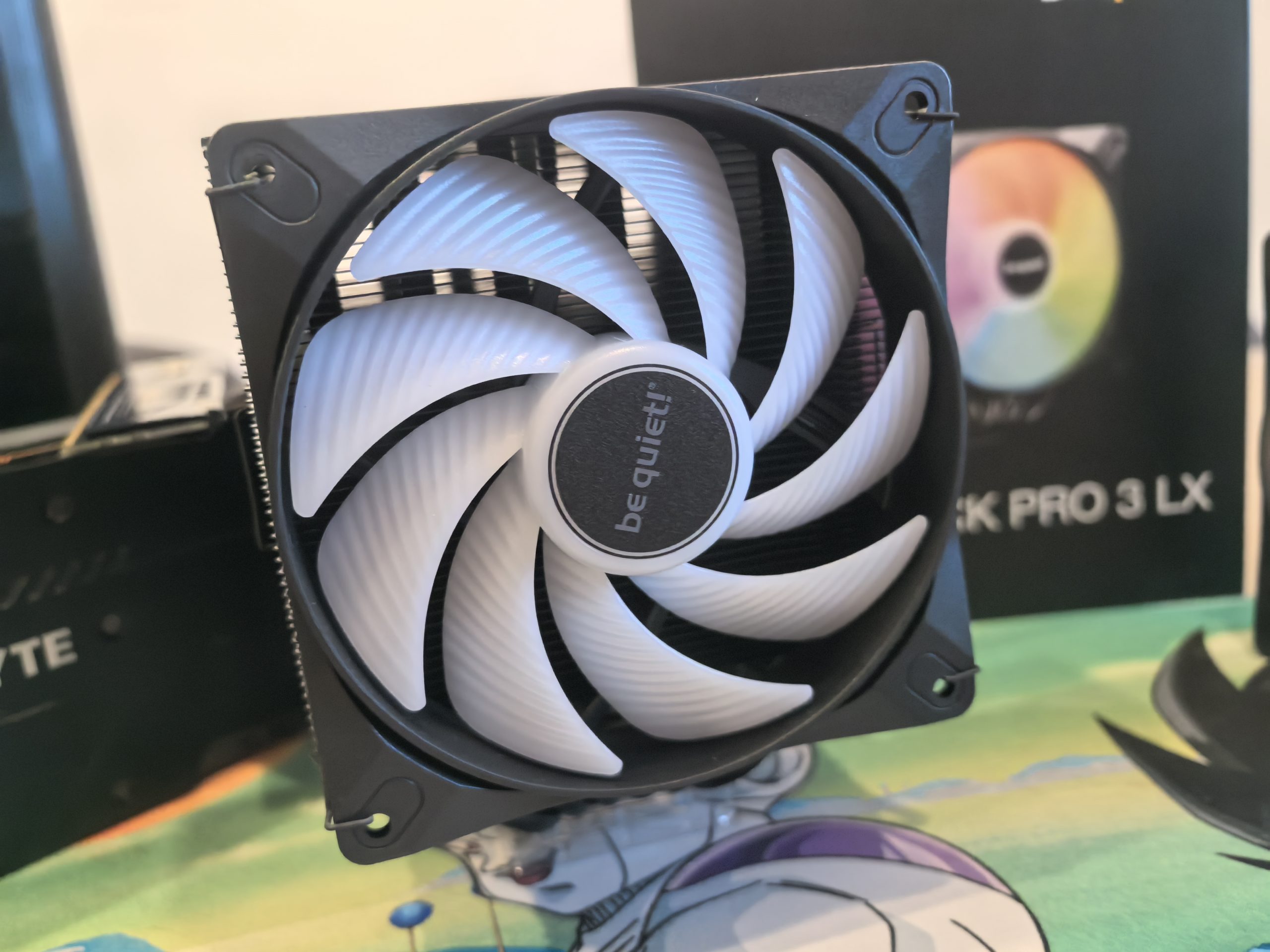
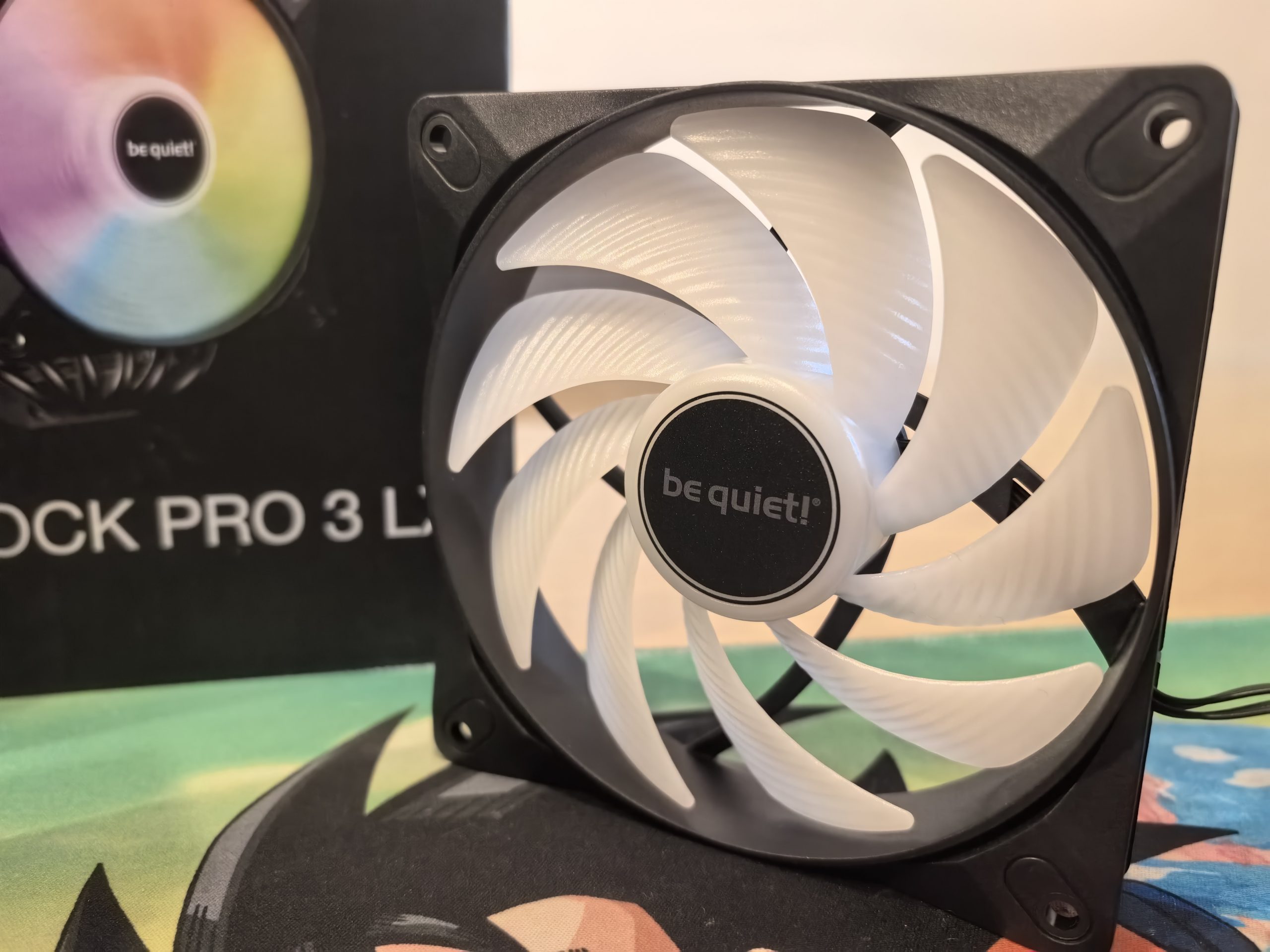
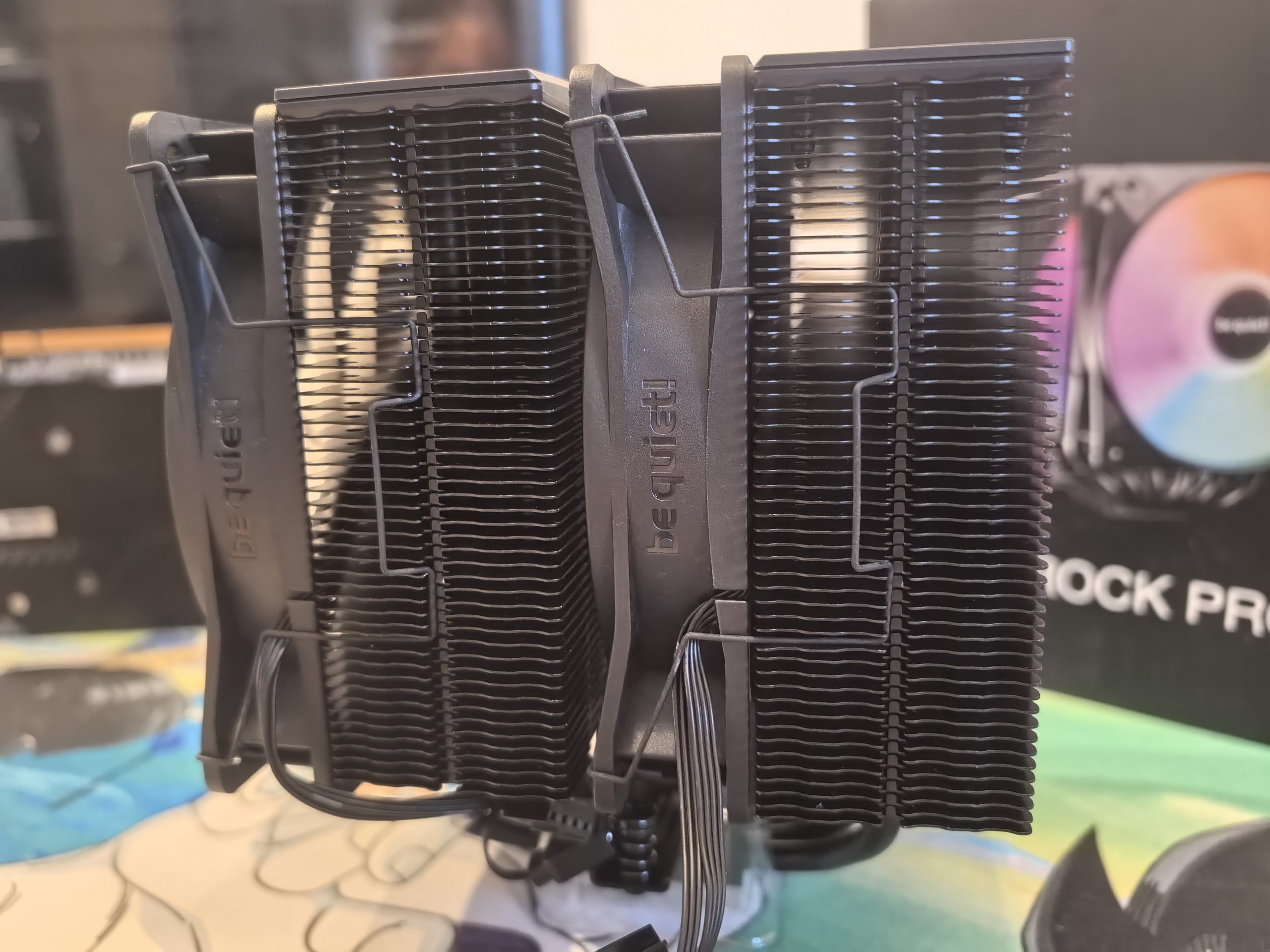
Pure Rock Pro 3 Black
The Pure Rock Pro 3 Black is, for me personally, the most visually appealing representative of the series, combining the design of the Pro 3 LX with a matte black finish that adds a minimalist yet elegant aesthetic to the case. It is aimed at enthusiasts who, in addition to performance, are also looking to match the aesthetic image of the entire system, especially in combination with glass sides and RGB lighting. It is technically equivalent to the Pro 3 LX model, with a touch of premium design.
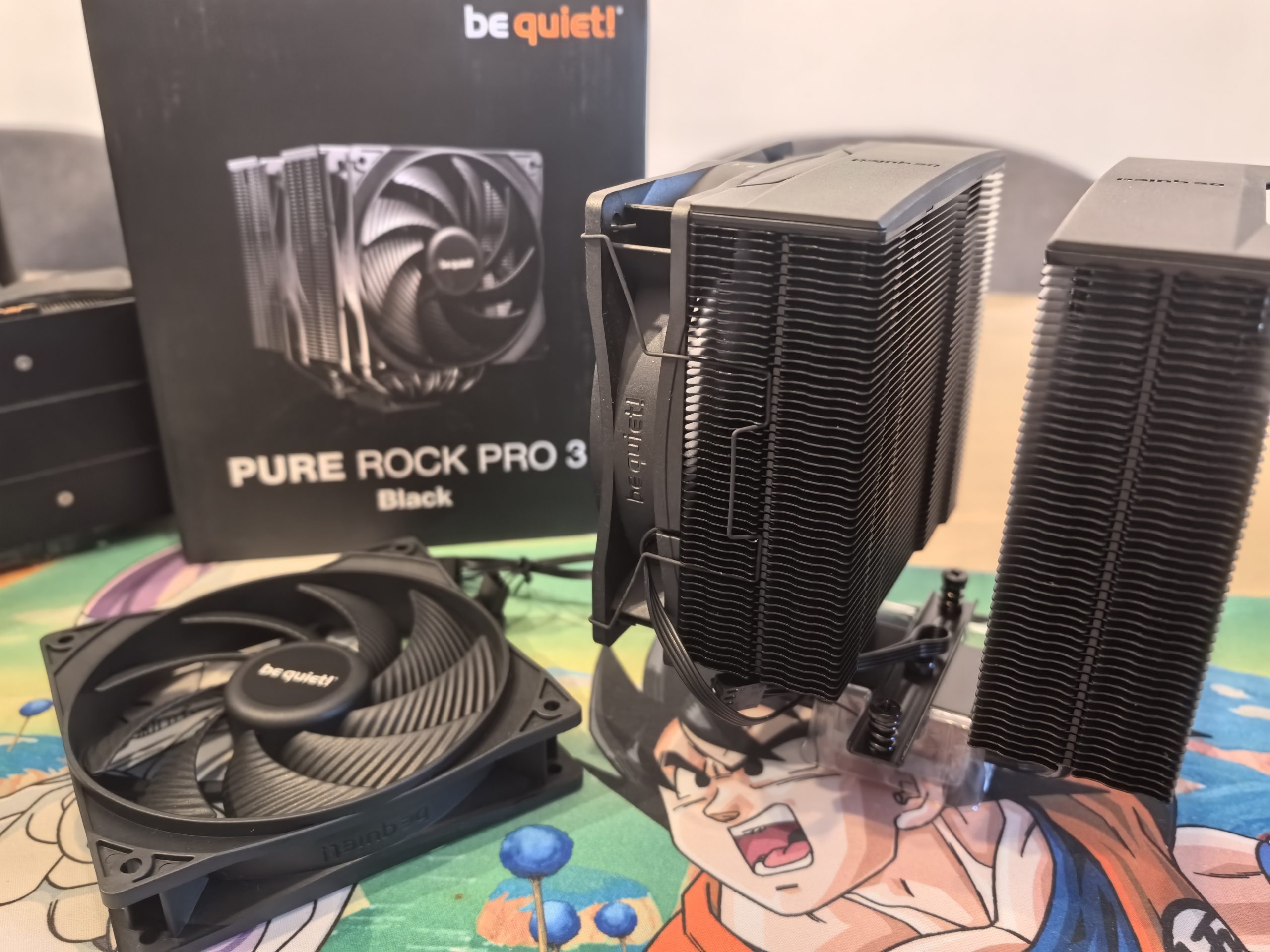
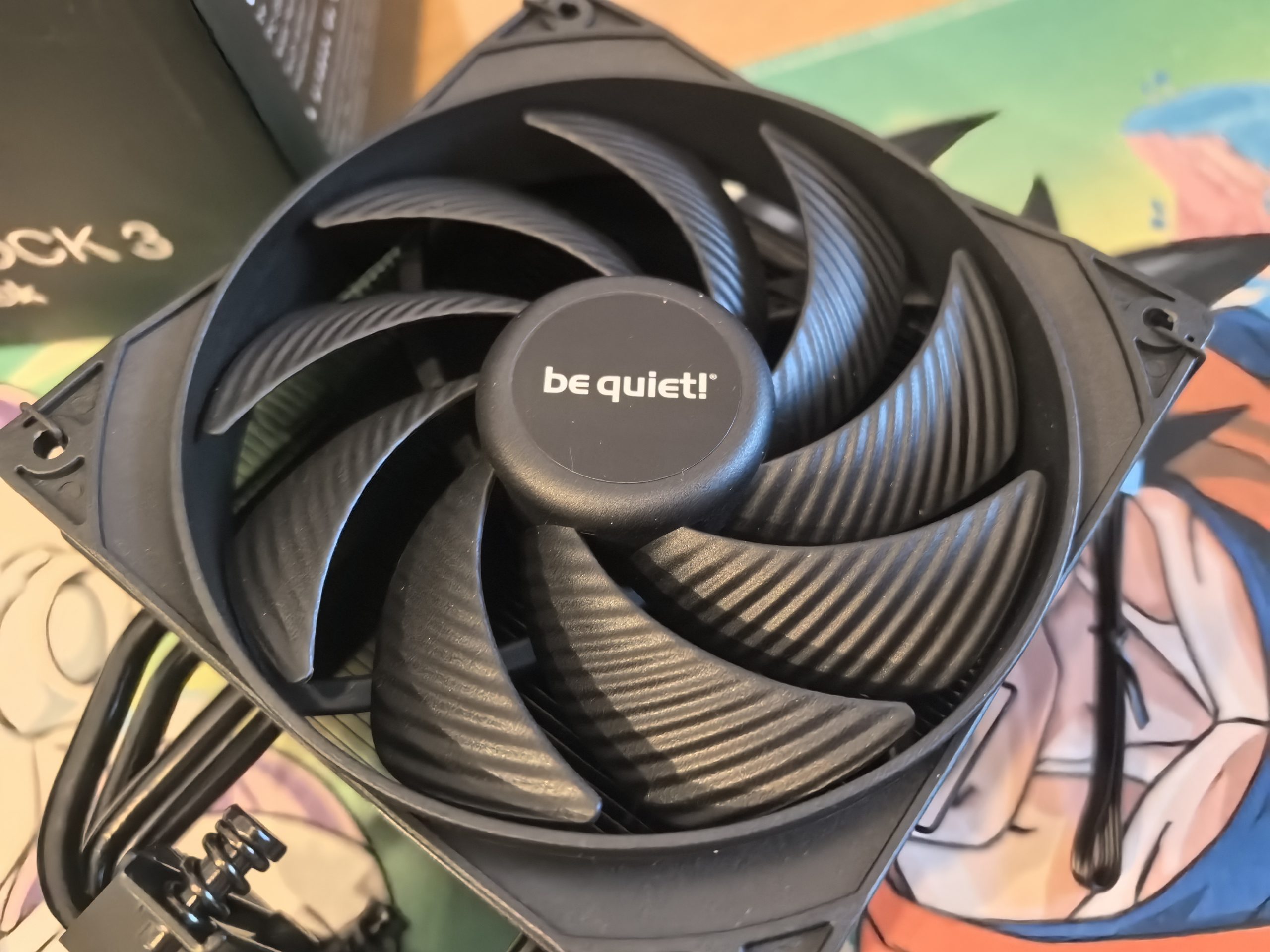
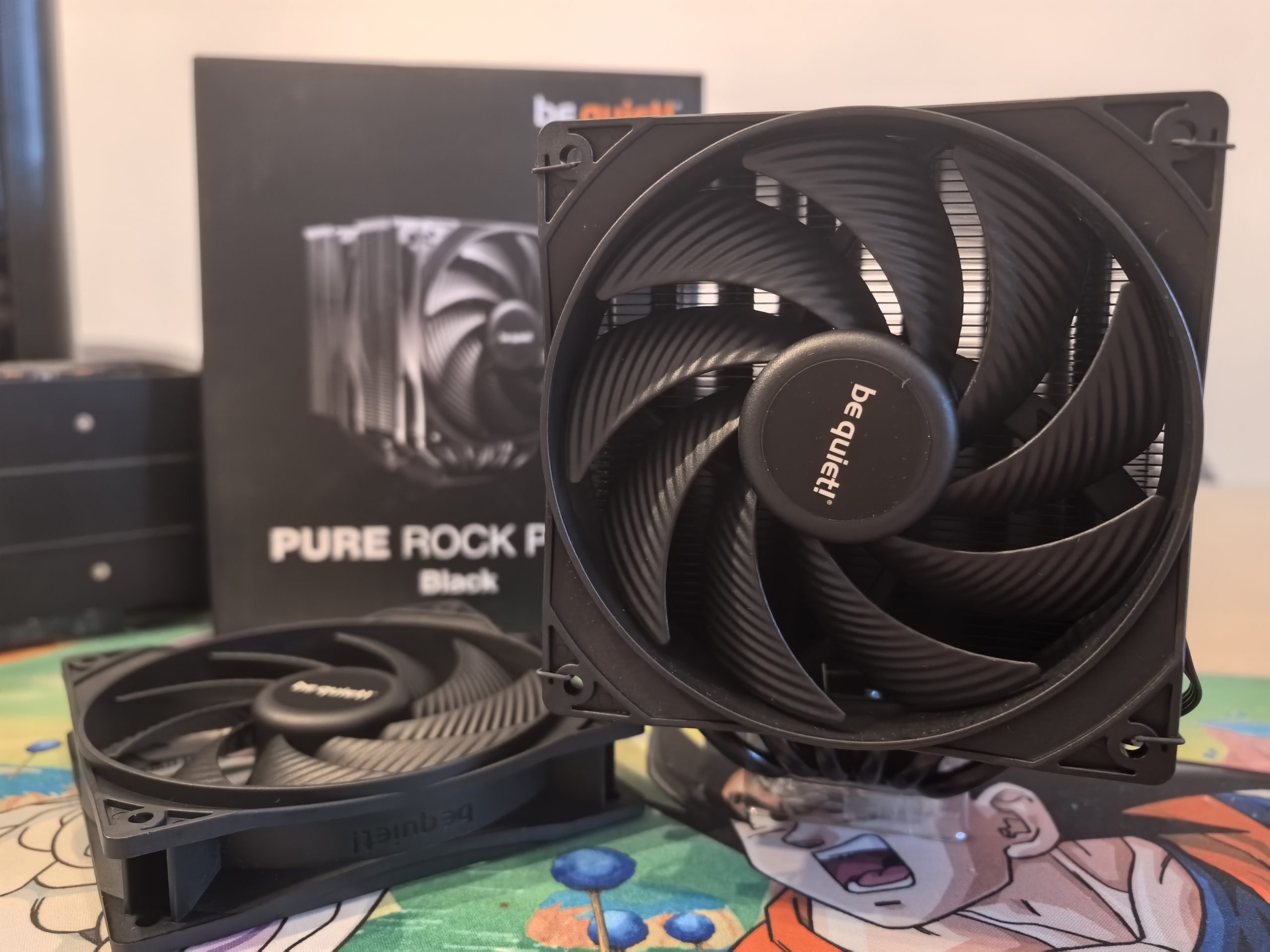
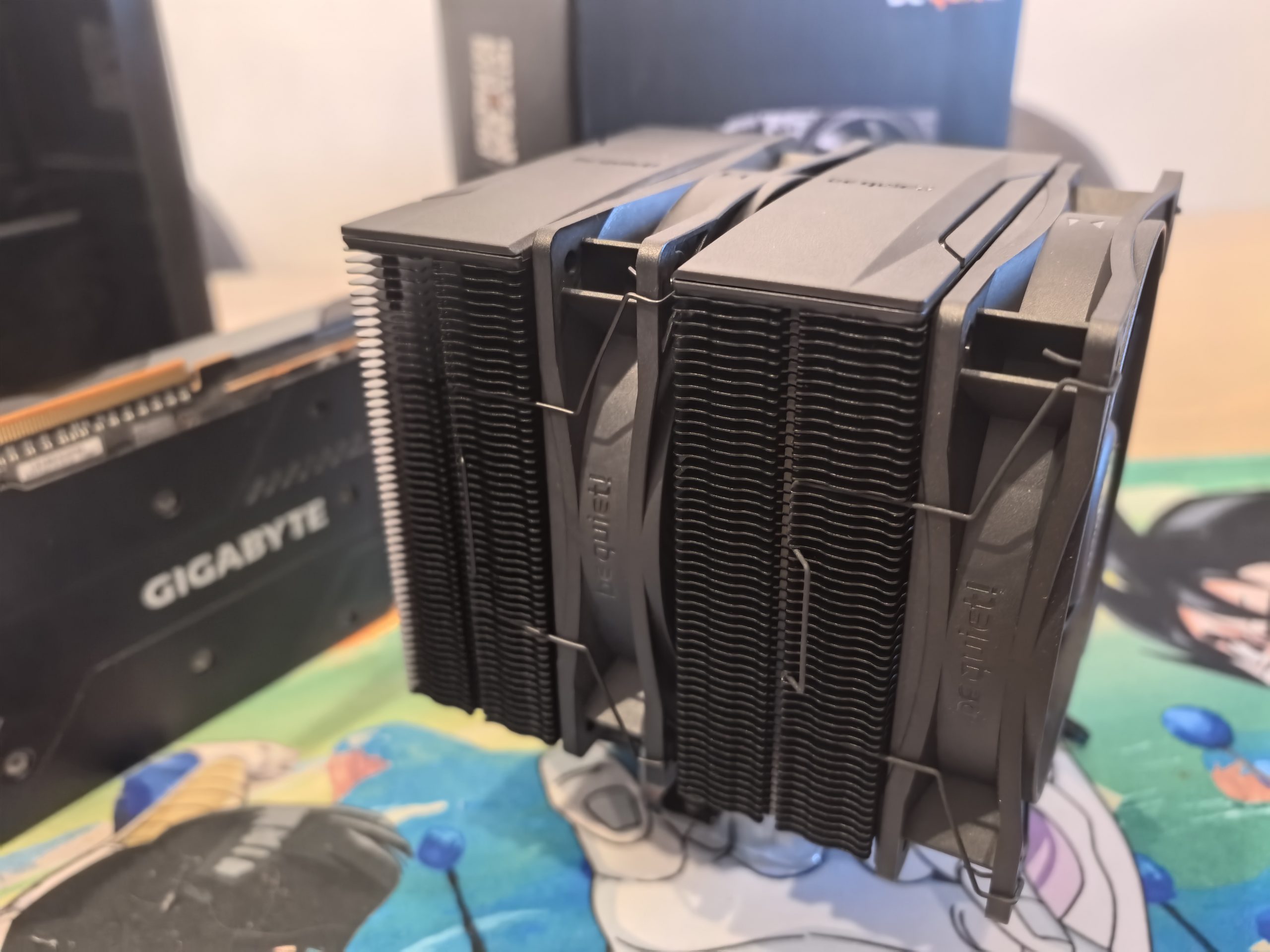
How did I test the be quiet! Pure Rock 3 refrigerators?
Processor: Intel Core i7-13700K (default settings, no additional overclocking)
Motherboard: MSI Z790
Memory: 32GB DDR5-6000
Graphics card: AMD Radeon RX 7800 XT
Power supply: be quiet! Pure Power 13 M 1000W
I left the system idle (15 minutes to allow temperatures to stabilize), then ran a stress test. I used Cinebench R23 (multi-core test) and Prime95 (20 minutes) as a stress scenario that pushes the processor to its limits.
During the test, I measured the following parameters:
- CPU core temperature at rest and under load
- The difference between the highest and lowest core temperatures
- Fan noise measured at a distance of 50 cm from the refrigerator (22-23 °C)
- System energy consumption (entire system) at load
- Temperatures of other components
Since I tested four coolers, I reset the BIOS each time before testing (resetting the voltages and fan profile to defaults) and let the system breathe.
Cooler results (i7-13700K)
| Model | Dormancy (°C) | Load P1 (°C) 125 W | Load P2 (°C) 250 W | Noise idle (dB) | Noise load (dB) | Comment |
| Pure Rock 3 LX | 36 | 72 | 99 | 27 | 36 | Solid at 125 W, above 200 W quickly at the limit of performance |
| Pure Rock 3 Black | 36 | 71 | 98 | 27 | 36 | Same as LX, slightly nicer look in black |
| Pure Rock Pro 3 LX | 34 | 61 | 93 | 29 | 41 | Very efficient at 125 W (~65 °C), remains usable even at 250 W |
| Pure Rock Pro 3 Black | 34 | 61 | 92 | 29 | 41 | Same as LX, but without ARGB, slightly quieter speaker grille |
The Pure Rock 3 LX and Pure Rock 3 Black are great coolers for anyone looking for a quiet and affordable solution. With the standard 125W profile of the i7-13700K processor, both provide stable temperatures, making them a good choice for everyday work and gaming without additional overclocking. However, when the processor is running at full power (around 250W), both models quickly approach the upper temperature limits and are already on the verge of frequency throttling.
So if you're considering a higher-end processor or often load your system with demanding tasks (rendering, long-term loads on all cores), then the Pro version, Pure Rock Pro 3 LX or Black, is a sensible choice. With its dual-tower design and two fans, it ensures significantly lower temperatures and more reserves for the future.
The user experience with both basic models, Pure Rock 3 LX and Pure Rock 3 Black, is very pleasant. They are compact coolers that are easy to install and do not interfere with the space for memory modules. The height of 154 mm means that you can install them in almost any modern mid-range case, and when installing, the jumper is well designed, the screws are easily accessible, and the whole process does not take more than a few minutes.
The Pro version is a bit different. The dual tower and two 120mm fans make the cooler more massive, so you have to be careful with the space allocation. The front fan in particular can extend above the first RAM slots and hinder the installation of taller modules. Most standard DDR5 modules without too tall coolers can be installed without any problems, but if you are using RAM with above-average high cooling fins or RGB lighting, you may need to raise the fan slightly.
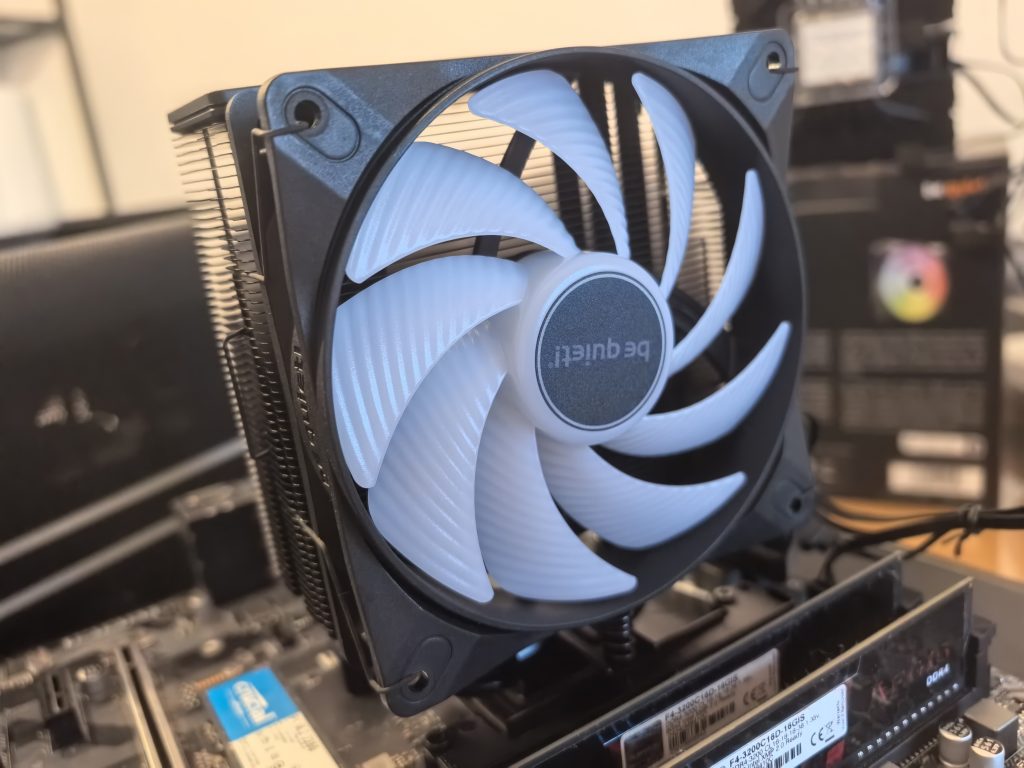
Which be quiet! Pure Rock 3 is right for your processor?
The be quiet! Pure Rock 3 series clearly shows that the manufacturer has mastered the balance between quiet operation, thoughtful design and affordability. The Pure Rock 3 LX and Pure Rock 3 Black are great for mid-range systems: quiet, easy to install and powerful enough for mid-range processors. However, under higher loads, such as those reached by the Intel i7-13700K, they reach their upper limits and the processor starts to show signs of throttling.
Anyone considering higher-end processors or frequently loading their system with demanding tasks should consider the Pure Rock Pro 3 LX or Pro 3 Black, or even better, their Dark Rock series. Although I haven't been able to test this, the Pure Rock Pro 3 are not coolers capable of cooling processors that can easily climb above 250 W (14900/13900K, 285K...).
The dual tower and two fans bring noticeably lower temperatures and greater stability under long-term loads. The difference between the LX and the Black is mainly aesthetic. The former offers an ARGB effect, the latter a minimalist black.
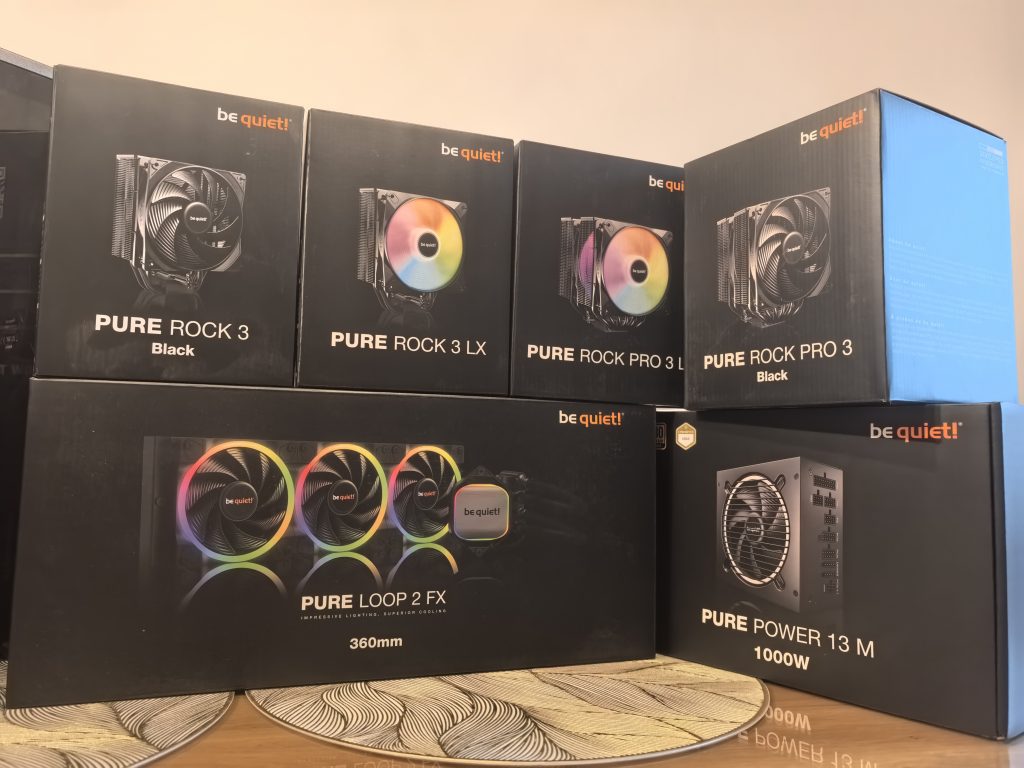
| Model | Design | Heat pipes & base | Fans | Max noise | Flow/pressure (max) | Dimensions (L × W × H) | Height | Weight | TDP |
| Pure Rock 3 Black | Single tower | 4 × 6 mm, | 1× Pure Wings 3 120 mm PWM | 31.2 dB(A) | ~59.6 CFM / 2.41 mmH₂O | 71 × 124 × 154 mm (heatsink 46 × 124 × 154) | 154mm | ~0.57 kg | 190W |
| Pure Rock 3 LX | Single tower | 4 × 6 mm, | 1× Light Wings LX 120mm PWM ARGB | 31.2 dB(A) | ~61.8 CFM / 2.51 mmH₂O | 71 × 124 × 154 mm (heatsink 46 × 124 × 154) | 154mm | ~0.57 kg | 190W |
| Pure Rock Pro 3 LX | Double tower | 6 × 6 mm, nickel-plated CNC base | 2× Light Wings LX 120mm PWM ARGB | 34.8 dB(A) | (per fan) LW LX: ~61.8 CFM / 2.51 mmH₂O | 139 × 124 × 155 mm (heatsink 114 × 124 × 155) | 155mm | ~1.08 kg | 250W |
| Pure Rock Pro 3 Black | Double tower | 6 × 6 mm, nickel-plated CNC base | 2× Pure Wings 3 120 mm PWM | 34.8 dB(A) | (per fan) PW3: ~59.6 CFM / 2.41 mmH₂O | 139 × 124 × 155 mm (heatsink 114 × 124 × 155) | 155mm | ~1.07 kg | 250W |























